Miracle Workers: rescuing data from the jaws of disaster
Even if you've dropped your laptop or your server has been set on fire, all hope is not lost. Data recovery companies such as Kroll Ontrack could still rescue your valuable files. Jim Martin dons a white lab coat and goes behind the scenes at a data recovery lab.
Microscopes are used for inspecting platter damage more closely, and to check for any damage that isn't visible to the naked eye. Another recovery technique involves cleaning any debris from the platter surfaces before powering the disk up to image it. Even smoke particles can damage the platter, as they are larger than the gap between the read/write head and the platter - just a few microns - and can get caught between them.
When a disk is dropped or knocked, perhaps when a laptop is placed roughly on a desk, the read/write heads can hit the platters. The damage can be minor or severe, but if any particles are chipped off, this can fly around and cause further damage - this is why it's important to act quickly if you suspect your disk has been damaged following a drop.
Some disks arrive in the clean room with seized bearings. The engineers are able to fix this, either by fitting replacement parts or by repair, in order to get the drive spinning again. Ontrack currently stores around 1,500 different hard disk models which can be used for spare parts to repair failed disks quickly.
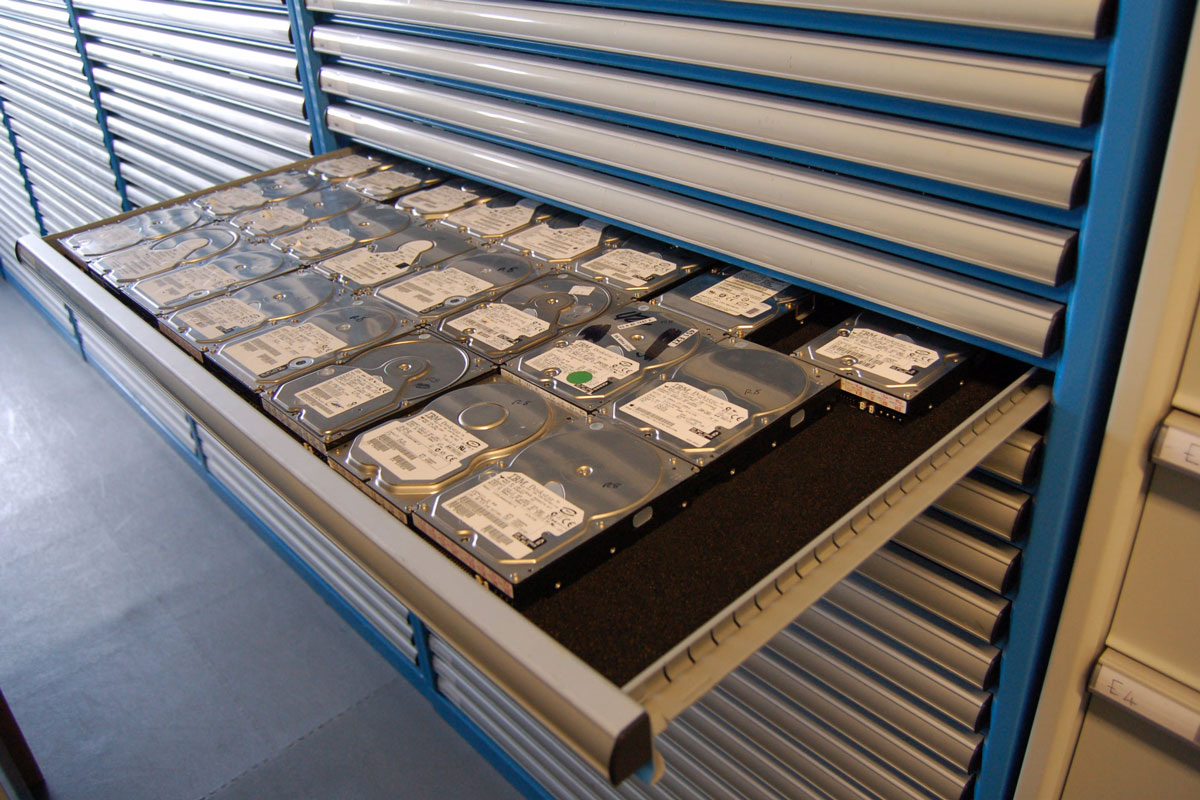
Kroll Ontrack claims to maintain a huge supply of spare hard disks
Even circuit boards can be quickly swapped over where the problem is electronic rather than mechanical. Often, you can't simply replace a controller board with an identical model as calibration data is stored on the chips. Ontrack can copy this data to a new board to get a drive running again.
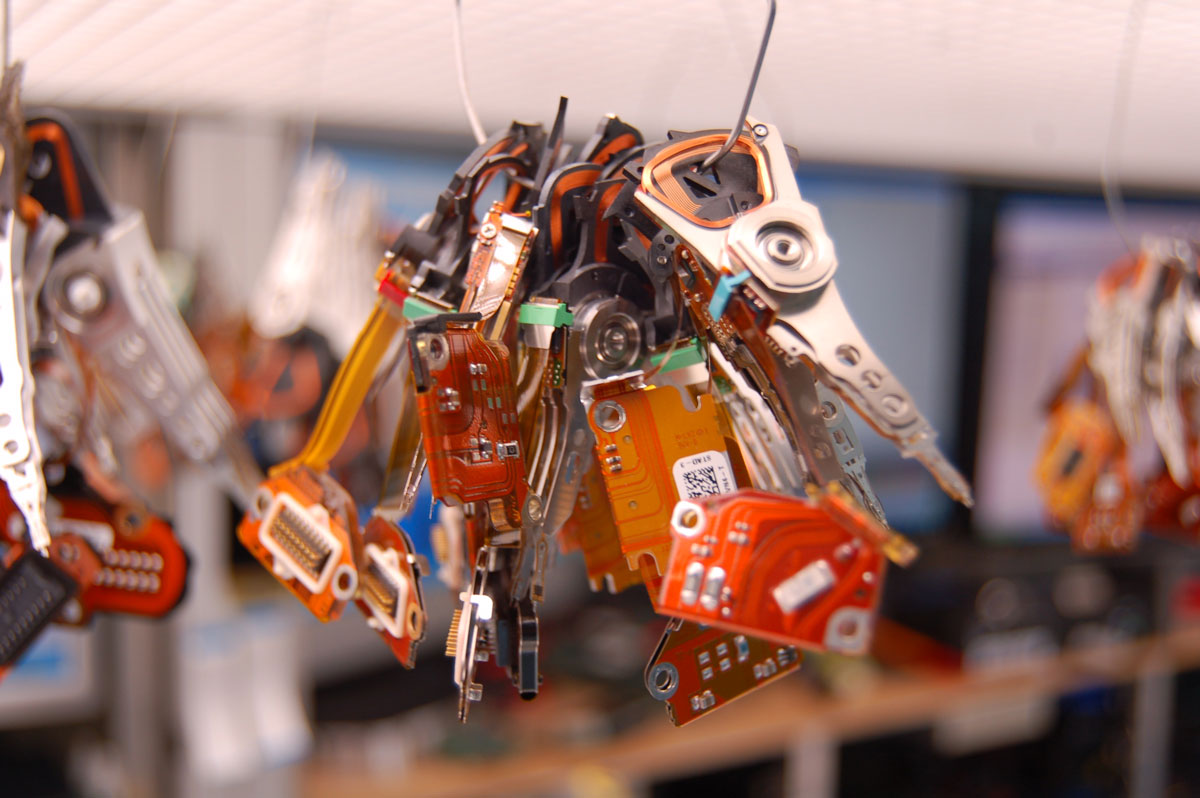
Don't lose your head
Solid-state disks
Sign up today and you will receive a free copy of our Future Focus 2025 report - the leading guidance on AI, cybersecurity and other IT challenges as per 700+ senior executives
SSDs are still relatively new, and the recovery process is not yet automatic. Where an interface has been damaged - for example if the SATA connector has been snapped off - engineers can repair the electrical connections in order to copy the data off the drive. The same technique also applies to USB flash drives, which are fairly vulnerable to damage.
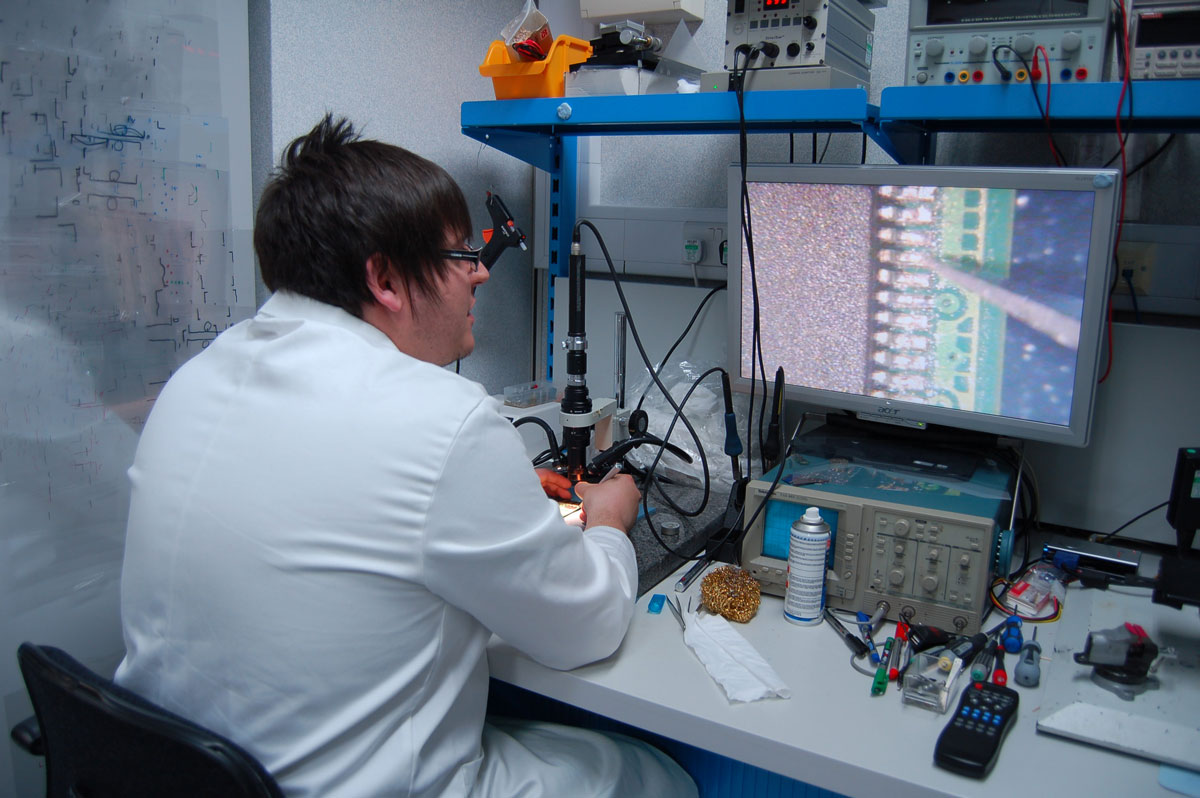
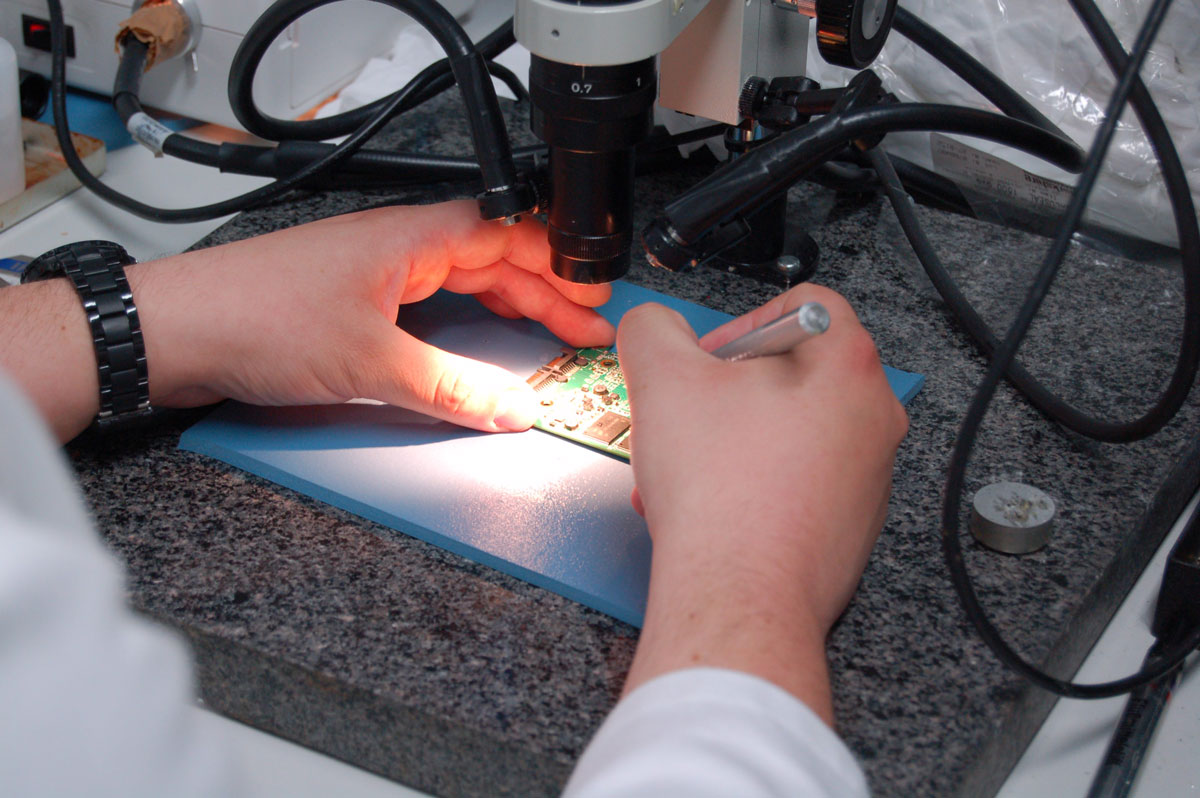
Removing memory chips from a SSD with the aid of a microscope
When it isn't possible to repair the interface, or there's another problem causing the data to be inaccessible, the memory chips can be removed from the circuit board and the data read directly from them. Data is usually stored across the chips using RAID, but the data should still be recoverable using Ontrack's proprietary software as long as the intricacies of the chip manufacturer's RAID implementation is documented.
-
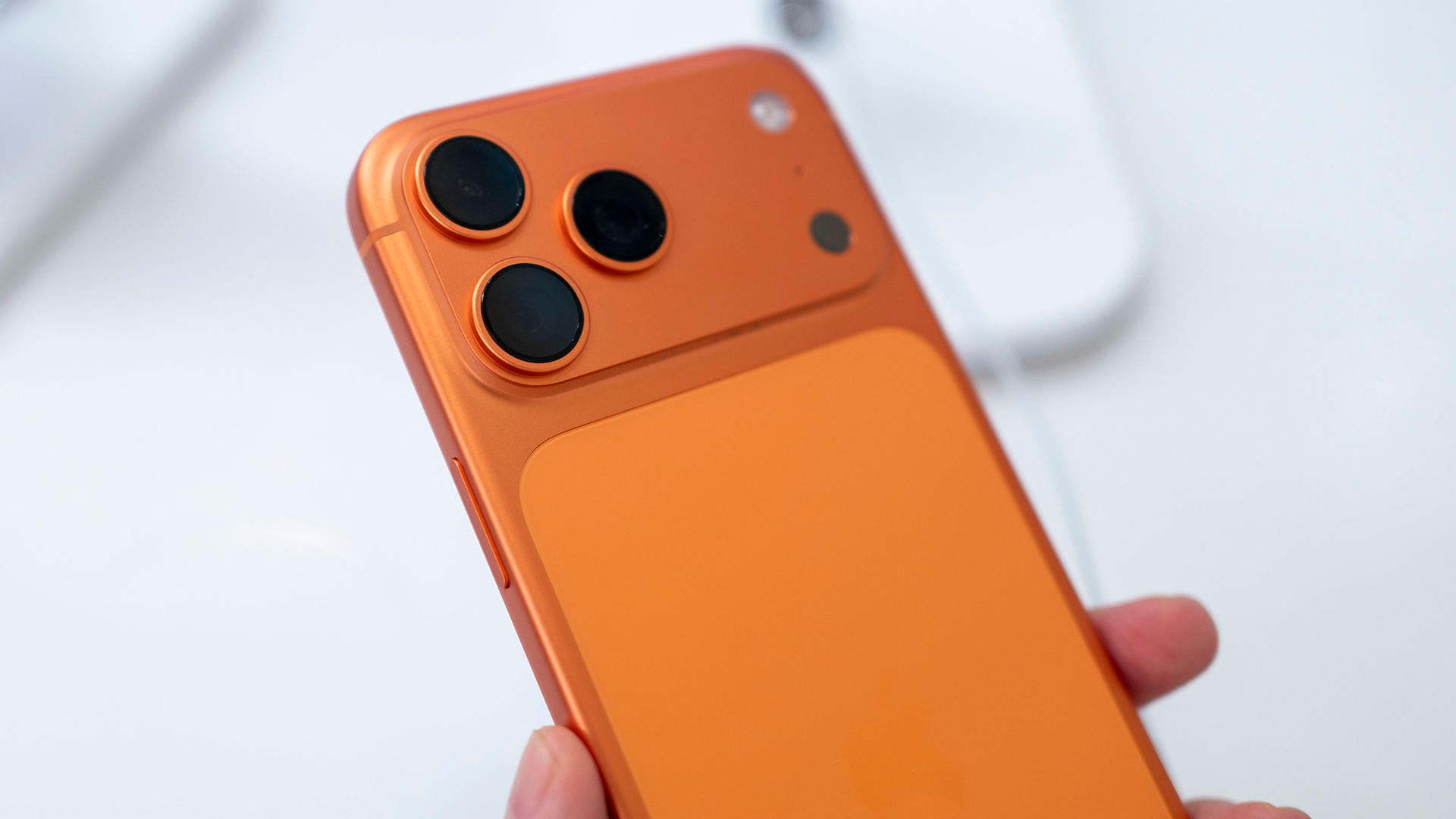 I couldn’t escape the iPhone 17 Pro this year – and it’s about time we redefined business phones
I couldn’t escape the iPhone 17 Pro this year – and it’s about time we redefined business phonesOpinion ITPro is back on smartphone reviews, as they grow more and more intertwined with our work-life balance
-
 When everything connects, everything’s at risk
When everything connects, everything’s at riskIndustry Insights Growing IoT complexity demands dynamic, automated security for visibility, compliance, and resilience
-
 Enterprises are neglecting backup plans, and experts warn it could come back to haunt them
Enterprises are neglecting backup plans, and experts warn it could come back to haunt themNews Only half of firms are following the ‘3-2-1’ backup rule or using immutability to keep data tamper-proof
-
 Sustainability is more than a flash-in-the-pan topic for the data storage industry
Sustainability is more than a flash-in-the-pan topic for the data storage industryAnalysis Rising energy costs and concerns over the environmental impact of data centers are prompting a shift away from power-hungry disk drives
-
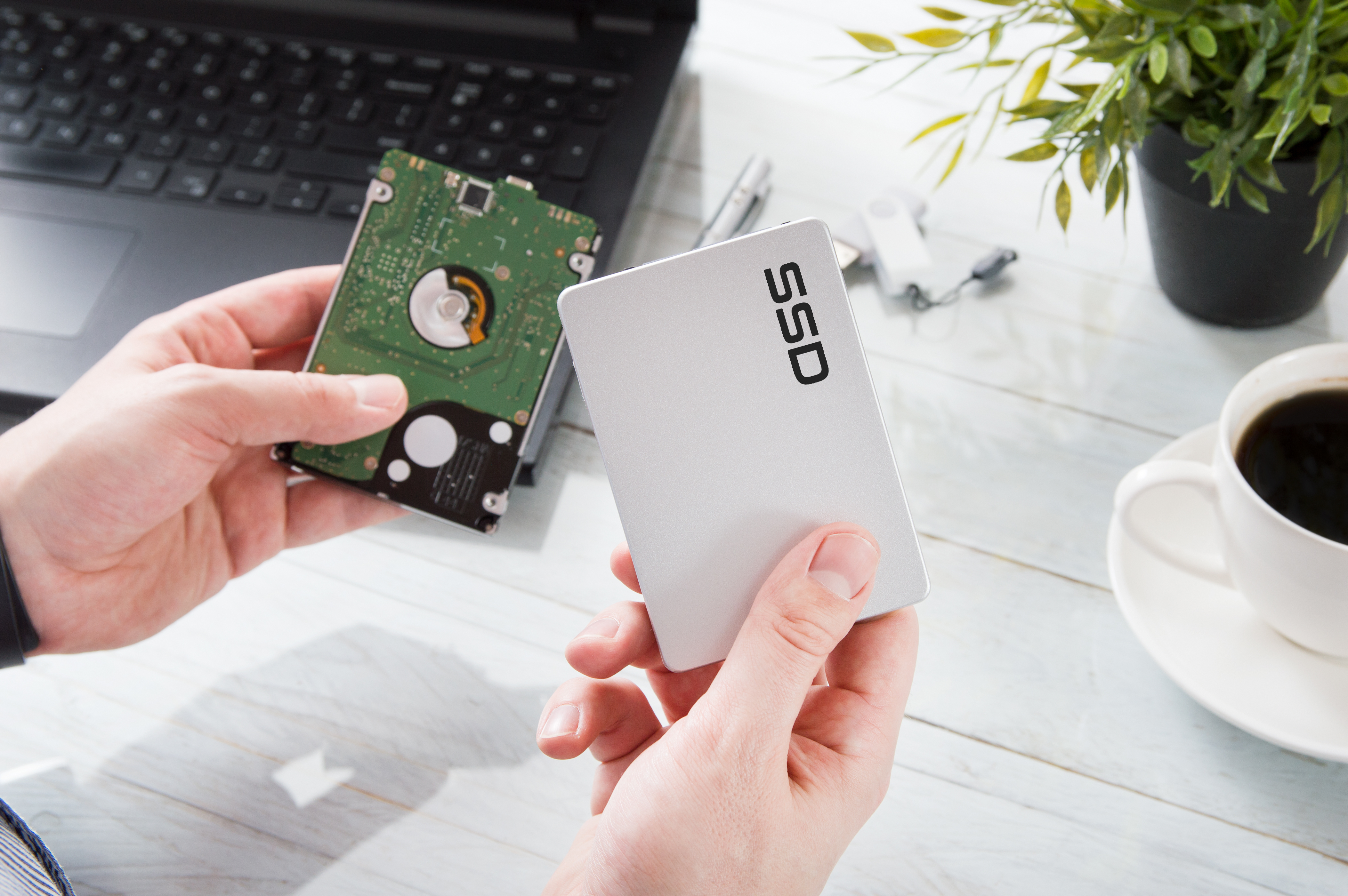 HDD vs SSD: Which storage solution is best for you?
HDD vs SSD: Which storage solution is best for you?Vs You can have your storage cheap and slow or fast and pricey
-
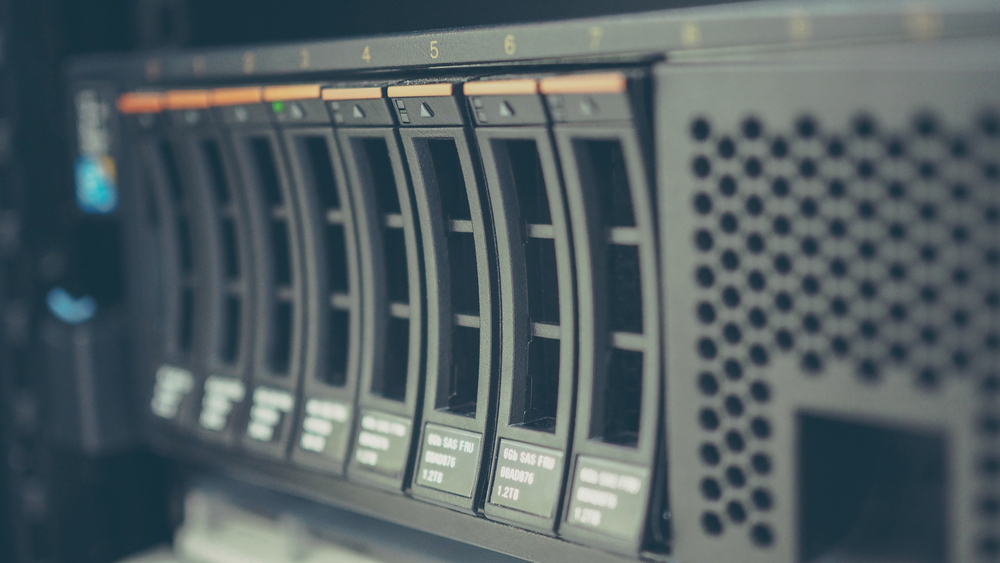 RAID levels explained
RAID levels explainedIn-depth We break down the difference between the various RAID configurations
-
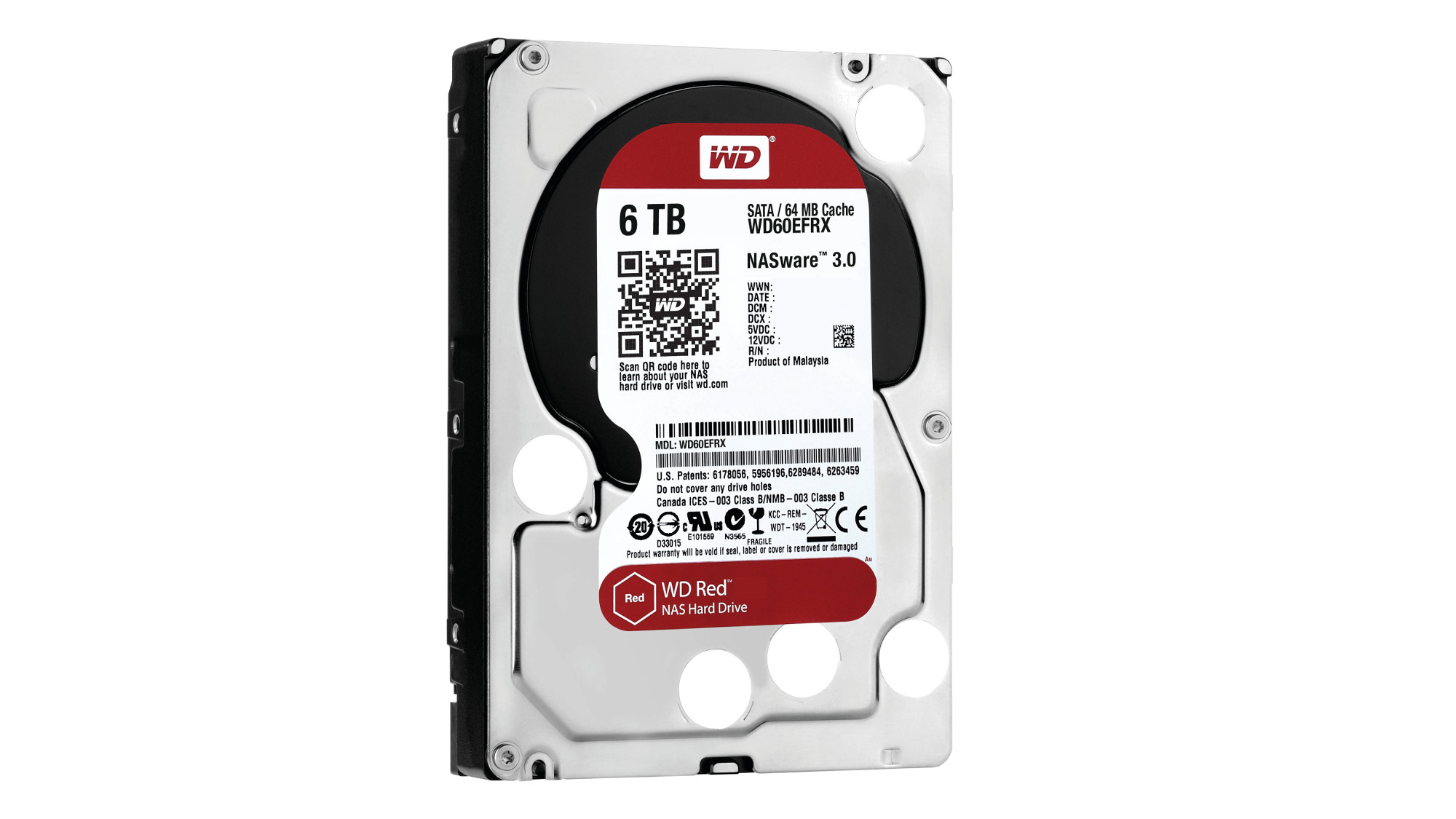 WD Red 6TB review
WD Red 6TB reviewReviews A high quality HDD that makes for fast NAS drives, but the price could be more competitive
-
 Toshiba N300 High-Reliability Hard Drive review
Toshiba N300 High-Reliability Hard Drive reviewReviews A powerful and well-priced hard disk designed for NAS devices, but smaller capacities would be good to see
-
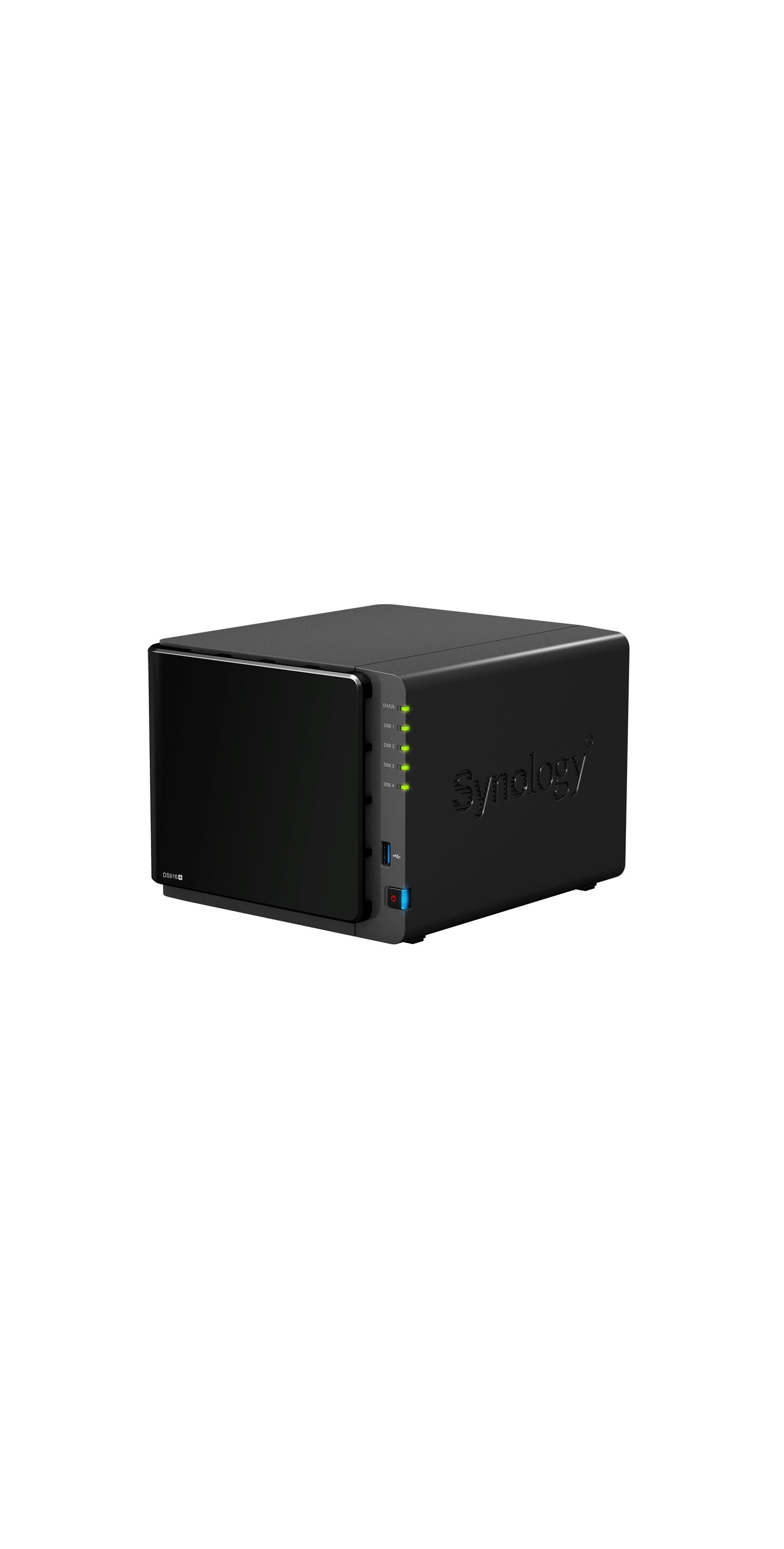
 Synology DiskStation DS916+ review
Synology DiskStation DS916+ reviewReviews Synology puts some serious NAS power on your desktop
-
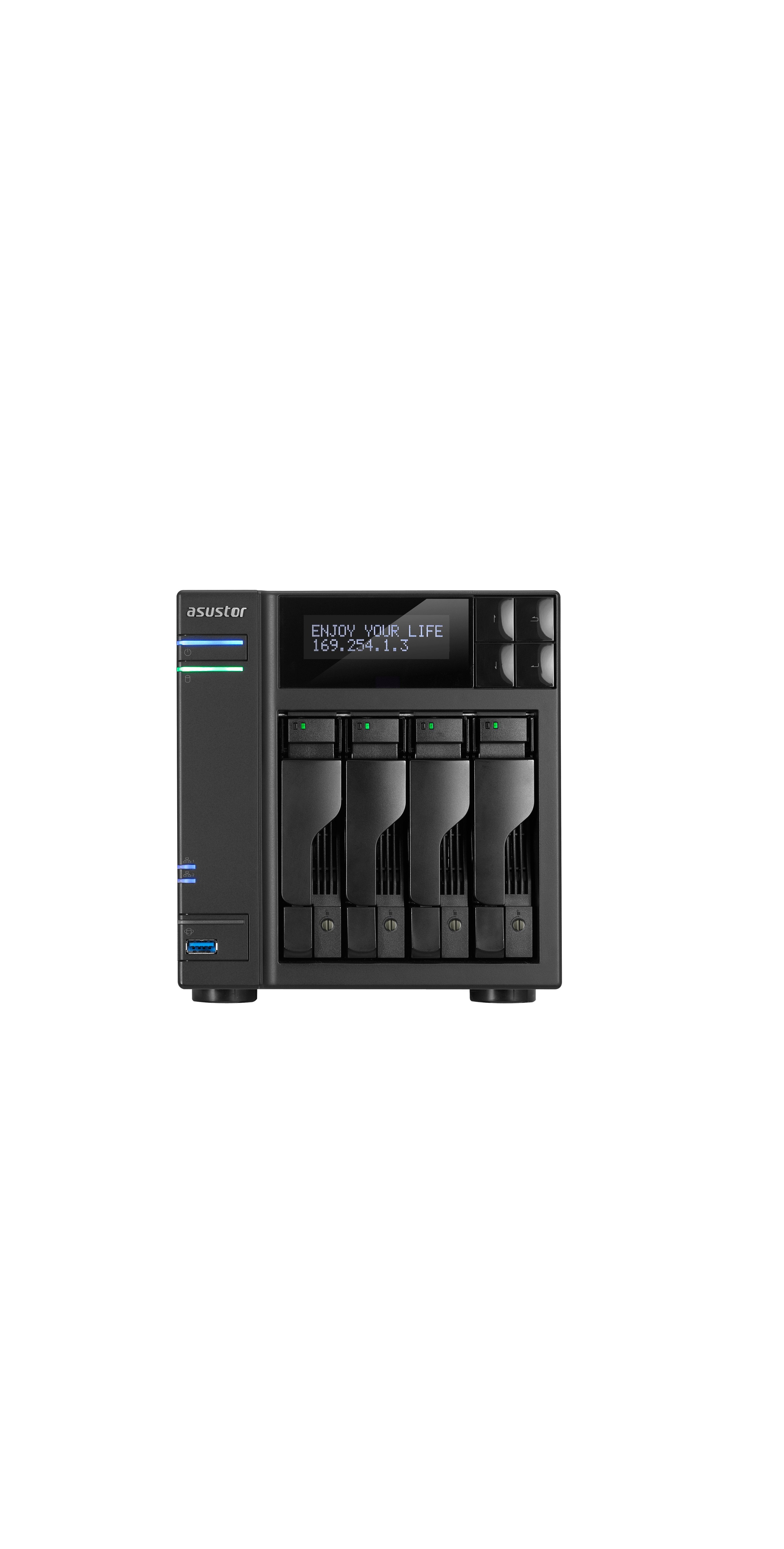 Asustor AS6204T review
Asustor AS6204T reviewReviews Asustor launches a cheap Braswell-powered NAS appliance